Strymon | Stompbox Makers
“We want to build products with no compromises. We want to push the limits of technology in music.” That’s how Strymon describes its mission on its company website, and for once, it’s not hype. The Los Angeles-area based concern has proven one of the most innovative companies in guitar pedal-making history.
It’s not for nothing Strymon has been described as “the Apple of pedal makers.” In its signature offerings like the mighty BigSky, El Capistan, and Mobius boxes, Strymon fuses true guitar-pedal analog electronics with the wonder of Silicon Valley digital magic, revolutionizing everything from reverb to distortion in its own tech-heavy image. In the process, the company has created a signature line of stomps that offer beyond-studio-ready sonics, yet are solidly built for the stage in their hardy construction and vividly contemporary aesthetic – all elements designed to provoke the imagination of today’s most forward players.
Most of all, Strymon’s stomps push the imagination of both player and pedal builder into coming centuries. To get a sense of Strymon’s wizardry behind the curtain, we went to Strymon headquarters to snap some rare pics of the process that results in today’s most inventive, boundary pushing pedals. And in an extensive Q&A, Strymon co-founder (and the company’s sound design/DSP guru) Pete Celi also graciously and candidly answered our questions about how Strymon has attained its current status as one of the pedal world’s most visionary and successful companies.
How did Strymon come together? Who was involved? In particular, I’m curious how Strymon came to evolve out of your previous company, Damage Control?
Gregg, Dave, and I started Damage Control with Lucian Tu in 2004. We had all worked at Line 6 together; Dave Fruehling, Gregg Stock, and I also had worked at Alesis prior to that. We created the Damage Control line of products which were well received by a selective audience – ultimately, though, we started doing consulting in 2007 to keep the doors open. At that point, Lucian left to pursue other opportunities; Gregg, Dave and I, meanwhile, continued developing during nights and weekends what would become the Strymon line of pedals. Terry Burton was doing some work for another friend of ours, to whom we were sub-leasing a space in our office. For a fresh start, we got together and launched the new product line under the Strymon brand name. After a couple years, Terry left, and the three of us continued with Strymon.
How did Strymon’s unique blend of analog and digital advances come about? What was the mission?
We had complementary skills as engineers, allowing us to bring a high level of expertise in each of the areas required to produce our products. Gregg was the analog guy, Dave the firmware guy, and I was the DSP guy. We all had a common idea of producing guitar pedals with a level of technical specs and sound quality that was only available in high-end rack processors at the time.
What makes Strymon unique in the marketplace? How did Strymon embrace tech and become what’s been called the “Apple of the pedal world”?
In addition to having worked for other companies in the musical instrument world, we all had previous engineering experience at companies outside the industry, including Boeing, Western Digital, and Analog Devices. I think this led us to an appreciation of some of the more rigorous and detailed aspects of engineering design and development. We have tried to implement exacting standards in all aspects of product design to ensure the highest quality possible.
What was the pedal that made it happen for Strymon? What was the response, and how did it manifest?
We established ourselves in early 2010, when we launched the Blue Sky, Ola, Orbit, and Brigadier pedals. At the time, Strymon was a new brand, and people were just getting to know us. We’d noticed that there was a lack of dedicated tape delay pedals in the market, and we thought we could make a compelling one. We introduced El Capistan later in the year to great success. Our new-at-the-time marketing guy, Ethan Tufts, put together a great launch plan that built lots of excitement and anticipation, and El Capistan proved worthy of the hype.
I think the entire pedal space has been growing and pushing new boundaries for quite a while now. One current challenge for everyone is coming up with a pedal that is unique enough to be noticed, yet useful enough that it’s not just a novelty.
What are Strymon’s signature products? How did they come about? What makes them innately Strymon?
I think BigSky is a signature Strymon product. It embodies our mission to inspire creativity in musicians. There are a number of unique algorithms that create ambient, majestic soundscapes, as well as more traditional reverbs based on acoustic spaces. It plays nicely with guitar, keyboard, and synths, and works well in the studio as an outboard processor.
What were the pedals and companies that inspired you – as players first, and then as pedal makers?
I grew up when there weren’t many choices, but the pedals of MXR and Electro-Harmonix were my favorites. I was a big fan of the EHX Electric Mistress and Memory Man, and the MXR Phase 45 and Distortion +. Another one was the Ibanez PDM1 Programmable Modulation Delay that came out in the late 80’s. It was a great digital delay with a range that allowed anything from flanging, chorus, vibrato, and faux Leslie to slapback and long echoes. I learned a lot from experimenting with that pedal.
How did you start making pedals? How has your team come together, and what was their connection to the pedal world?
In 2004, after spending 15 years in the musical Instruments Industry working for other companies, the time was right to try and have a go at it on my own. I had worked with Gregg and Dave previously at Alesis and Line 6, and they were at the same point of wanting to start something of their own. The pedal market was much smaller back then, so we thought we might be able to carve out a place for ourselves in that area. Plus, as guitarists, we were excited to try to push the envelope of pedal effects.
(Slideshow: hover or click for captions)
Tell me how Strymon has grown and evolved. What position does it currently hold in the marketplace?
We have grown from a few guys to a team of thirty-plus now. We have health insurance and benefits and a human resources department, and all that good stuff. We’ve strived to maintain the same principles that we established early on, meaning producing products that are made without compromise. We don’t report to bean counters, so we still make sure everything we do meets our standards of quality before we consider it to be finished. We like to think we are regarded as a leader in the pedal space, and we approach each new design with that in mind.
What is the process each pedal goes through with development and testing?
Each product is unique. For BigSky, since we already knew what the interface would be, as it was the third of our “big pedal” series. It was mostly about me coming up with sound algorithms. Other products, like Deco, start with experiments in sound design, and then when we are happy with the possibilities, we actually define a product around that. Recently, Gregg has expanded his area of expertise to include DSP, so products like Sunset and Riverside started with a framework he developed, and then are handed over to me for more traditional sound-design duties. Once products near completion, we do beta testing, using some outside people to get feedback and then fix any issues that come up.
What other pedal makers do you feel are pushing pedal culture forward?
I think every pedal maker brings something unique to the culture. The pedal space is filled with interesting personalities and a whole bunch of creative people.
What are the greatest challenges facing Strymon and the entire pedal industry? What are the challenges success brings? How do you stay creative?
I think the entire pedal space has been growing and pushing new boundaries for quite a while now. One current challenge for everyone is coming up with a pedal that is unique enough to be noticed, yet useful enough that it’s not just a novelty. We try to find a balance of knowing what the trends are, but not being directly influenced by what others are doing.
Success brings the challenge and pressure of high expectations. When we introduce a new pedal, the expectation is that it will be a great product. So we constantly are striving for excellence in all aspects of our work. We continue to push ourselves by keeping an open mind for experimenting with new techniques and new technology. There is still plenty of room for innovation, and we’ve got a full plate in our development labs.
Strymon became known for modulation effects – then you put your mark on distortion. What is next for Strymon to tackle? What can we expect In the future?
Our standard response is that we don’t talk about what is currently in development. But we do have some things that we are pretty excited about that are in a new area from our current product line. That’s all I can say for now!
What is the music that continues to inspire you?
I have always gravitated towards guitar-oriented music. Jeff Beck is still number one on my list. His continued inventiveness and ability to create expressive tones on guitar is inspiring to see and hear.
Get on our newsletter for book updates.
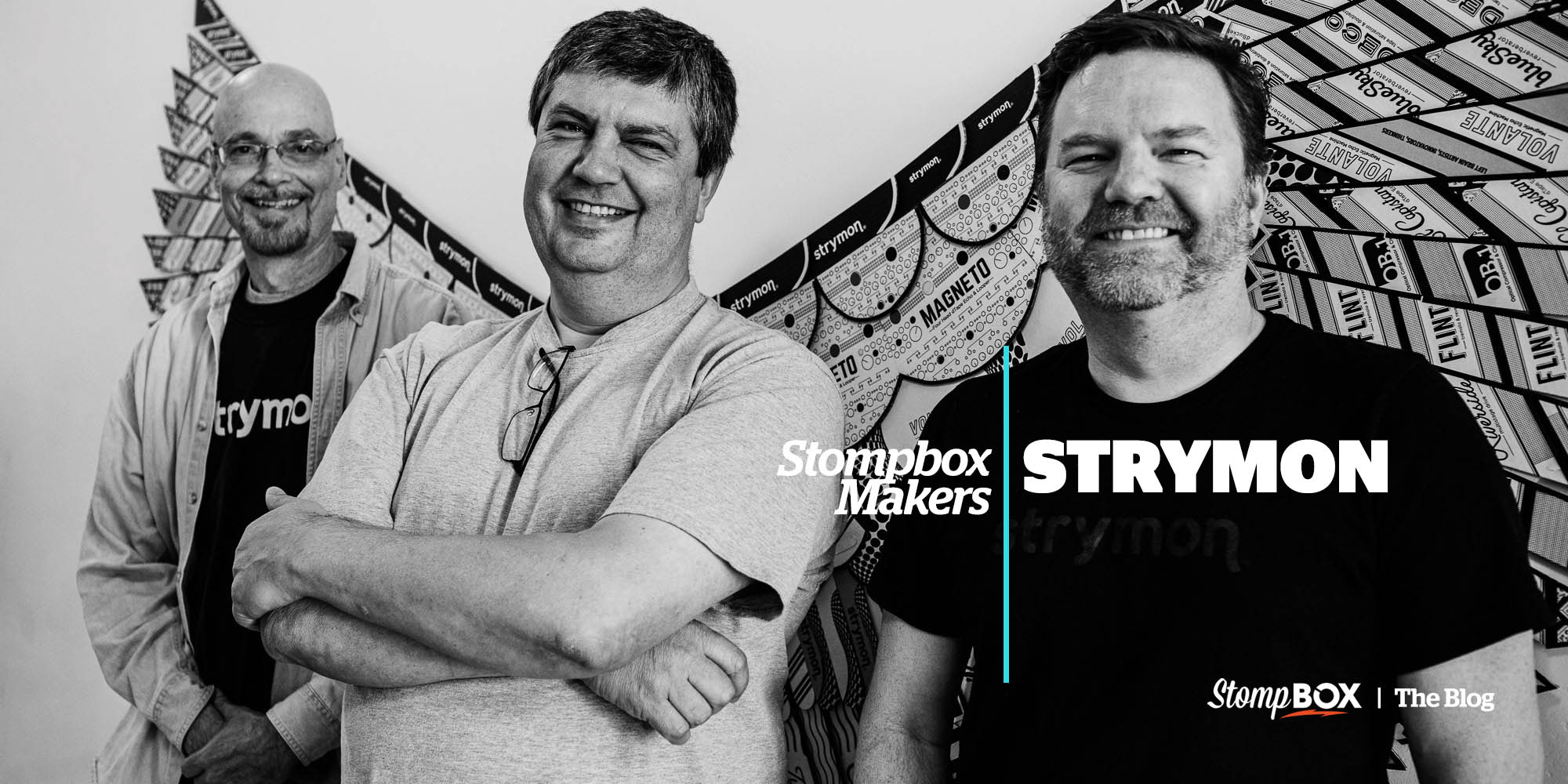
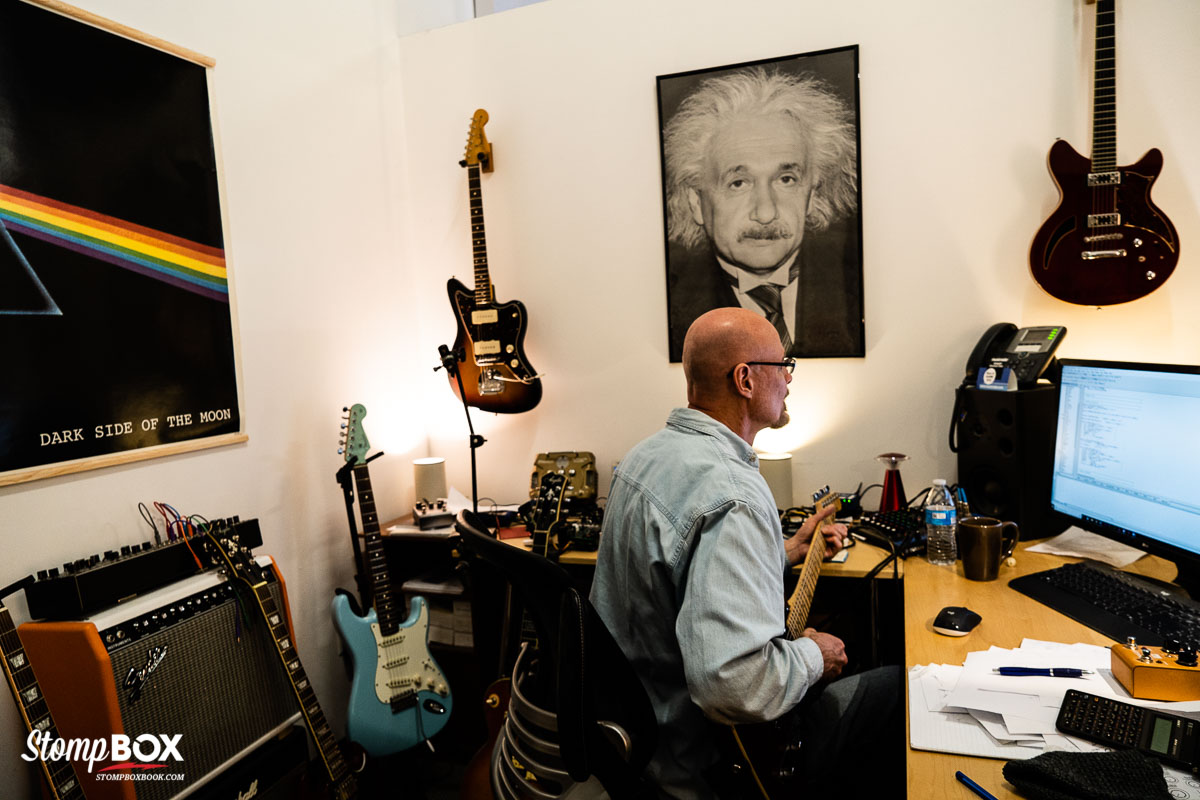
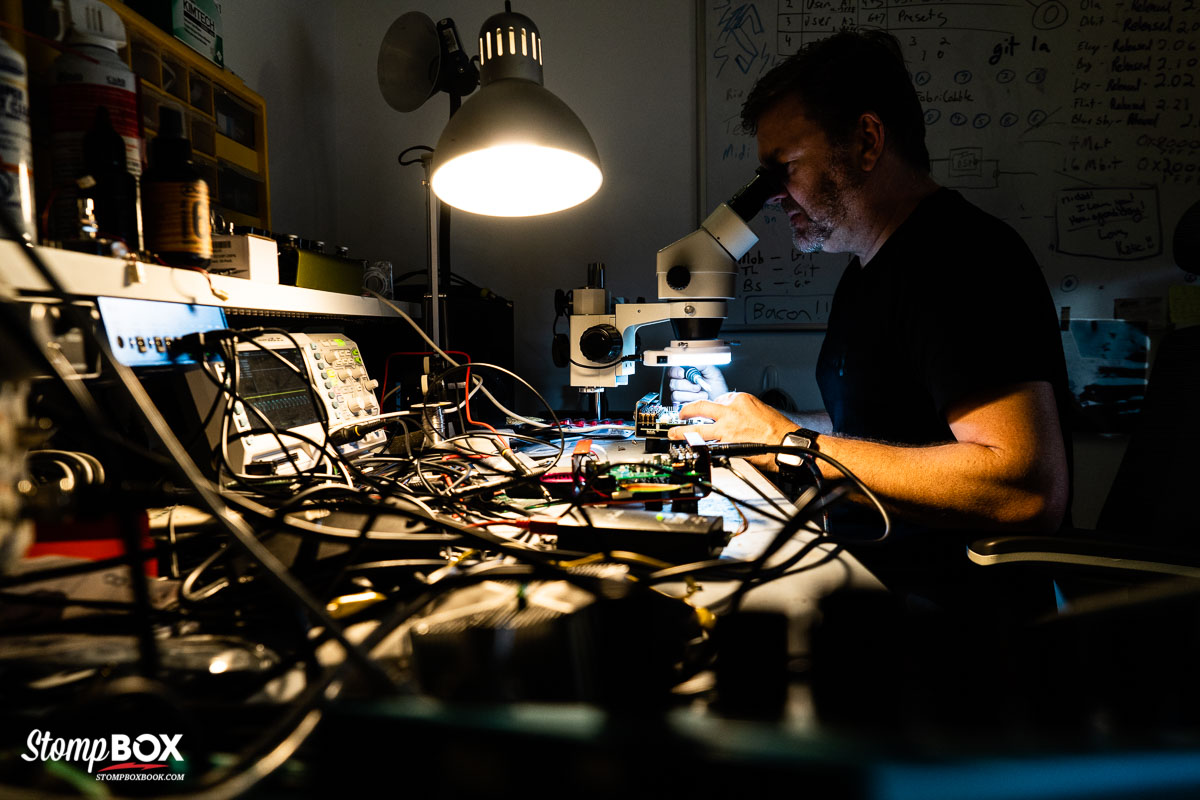
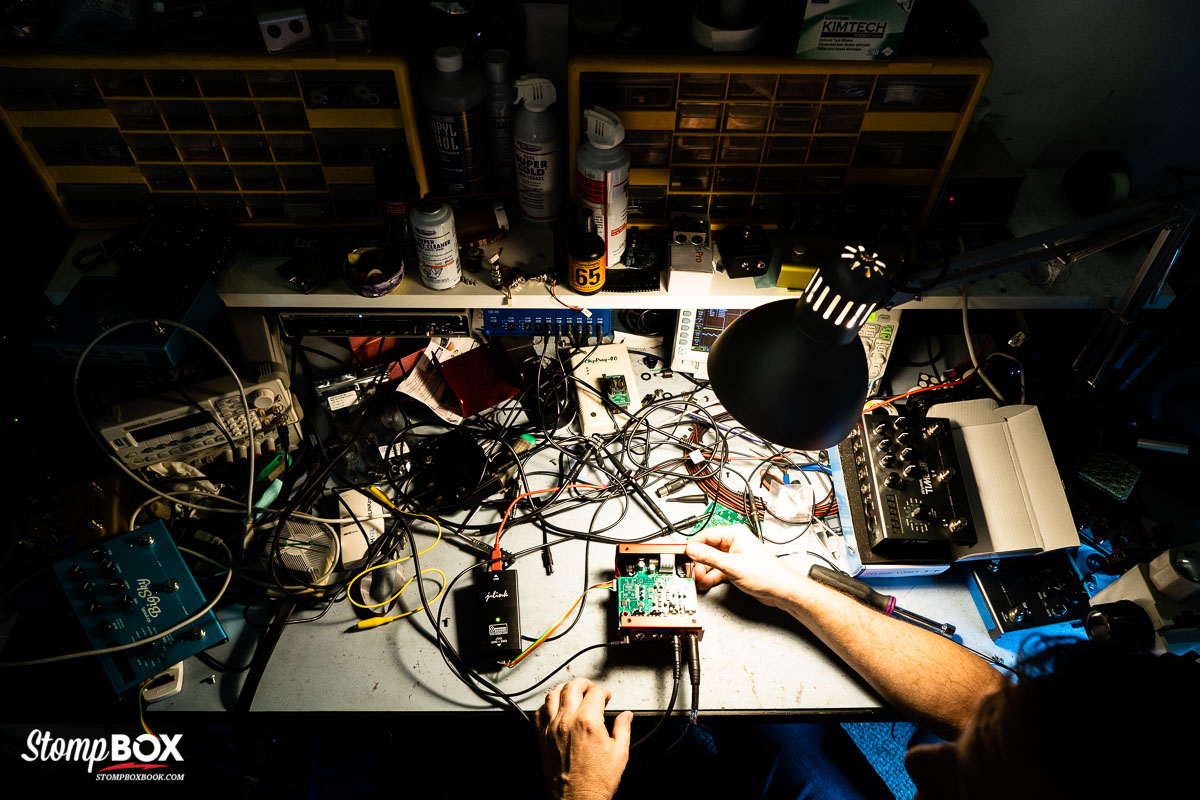
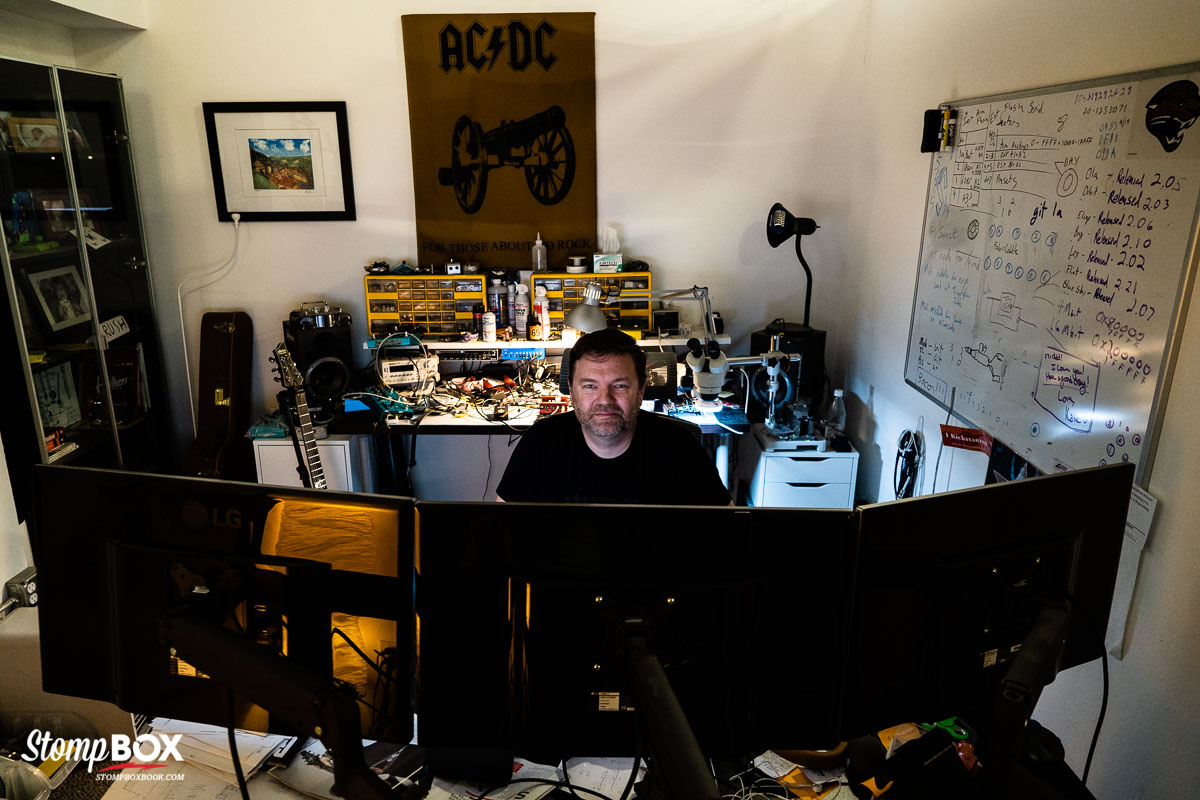
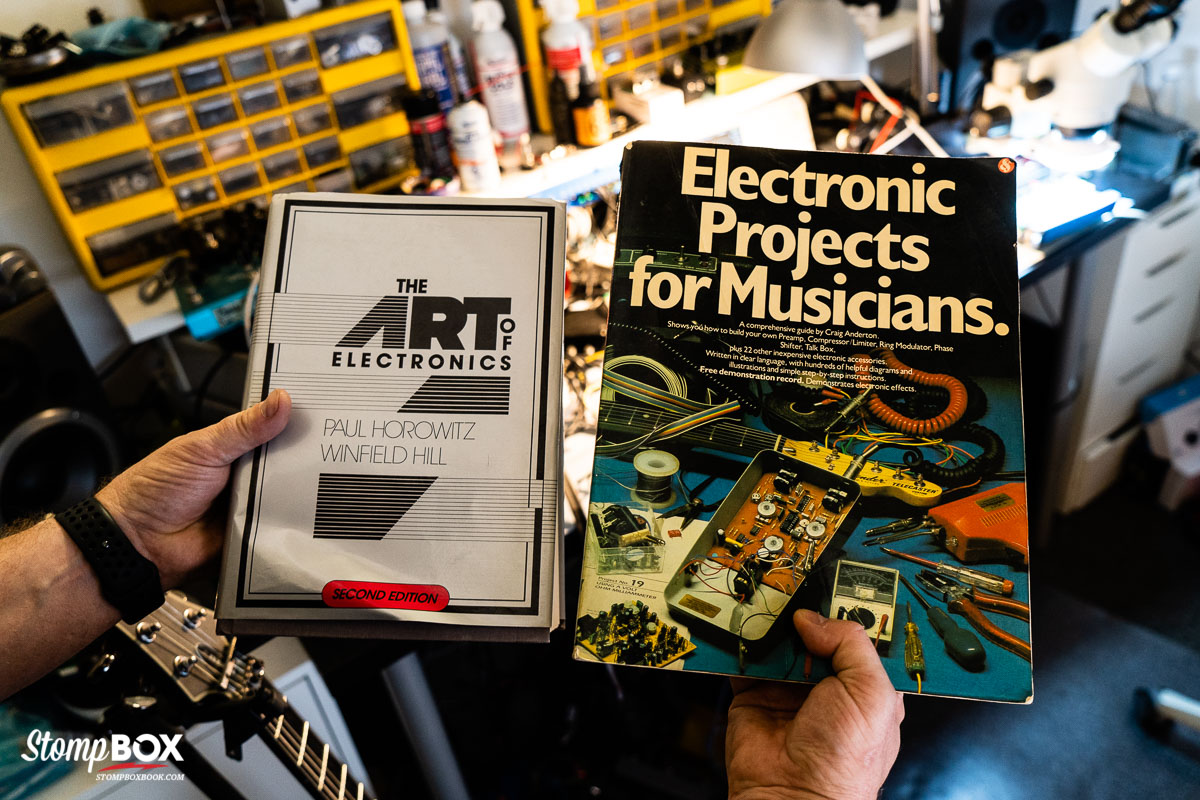
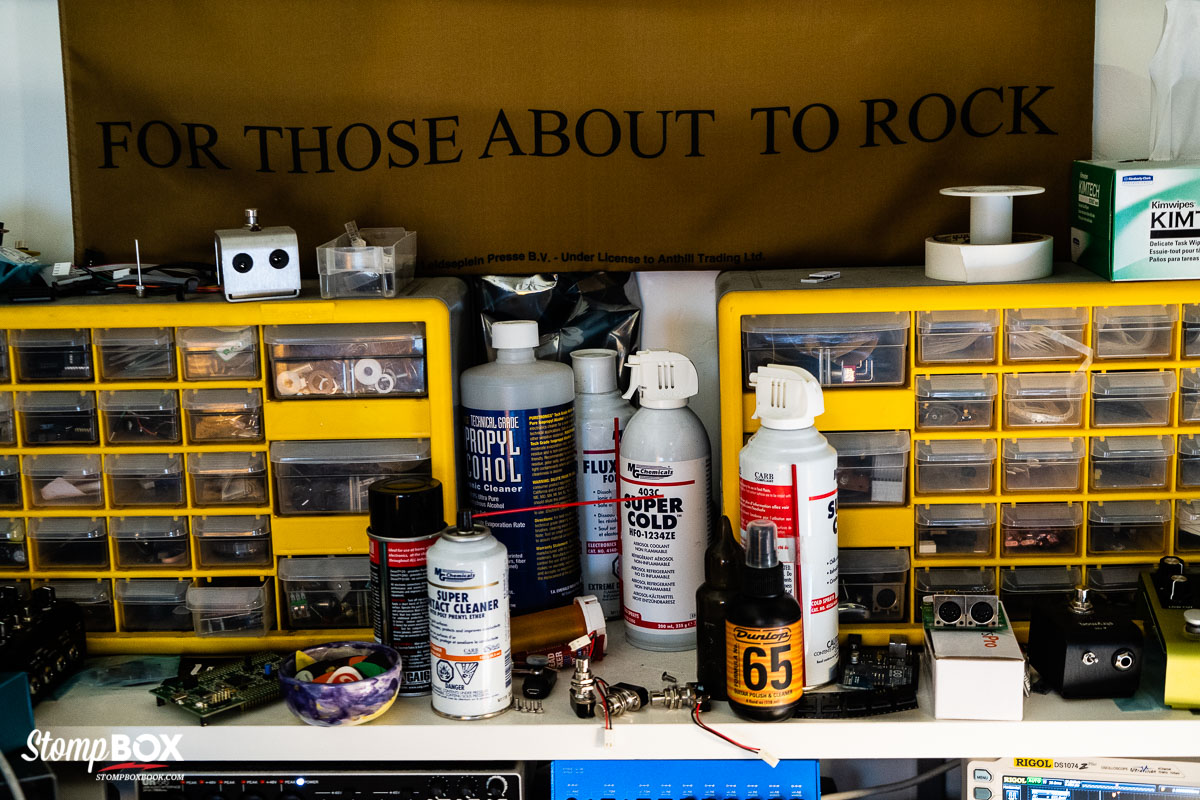
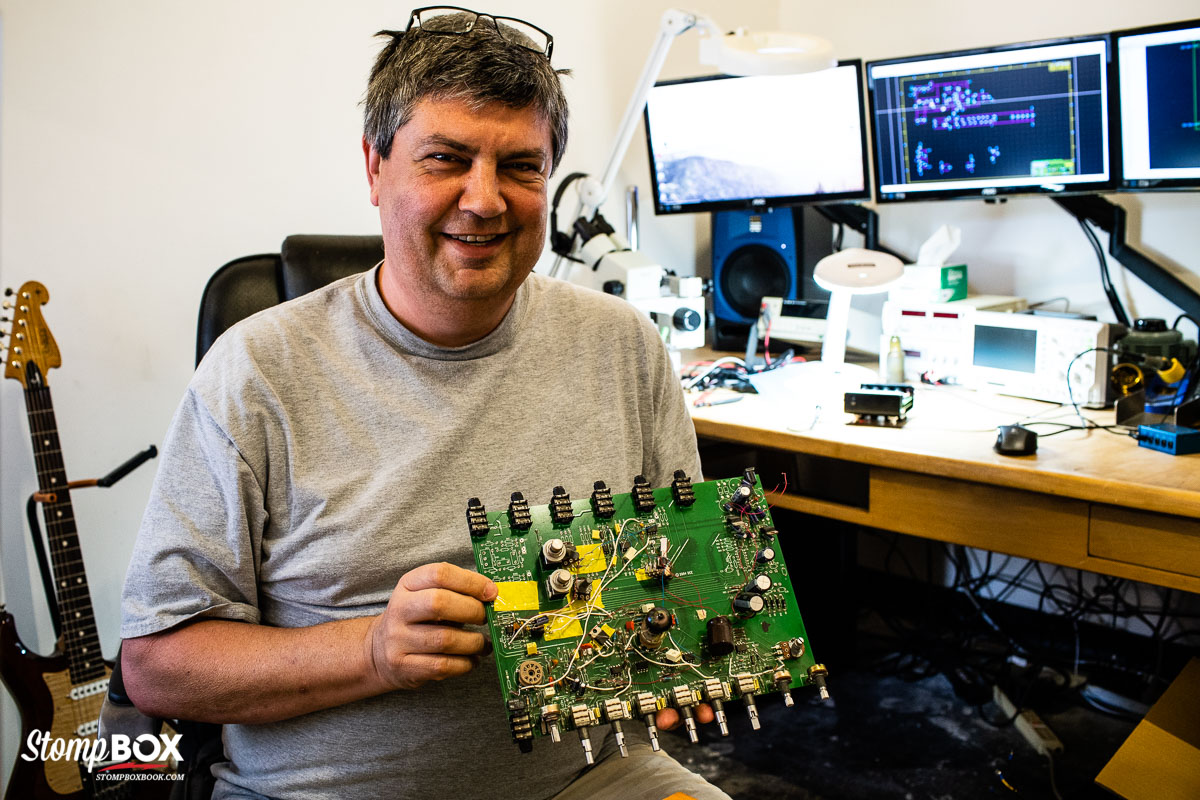
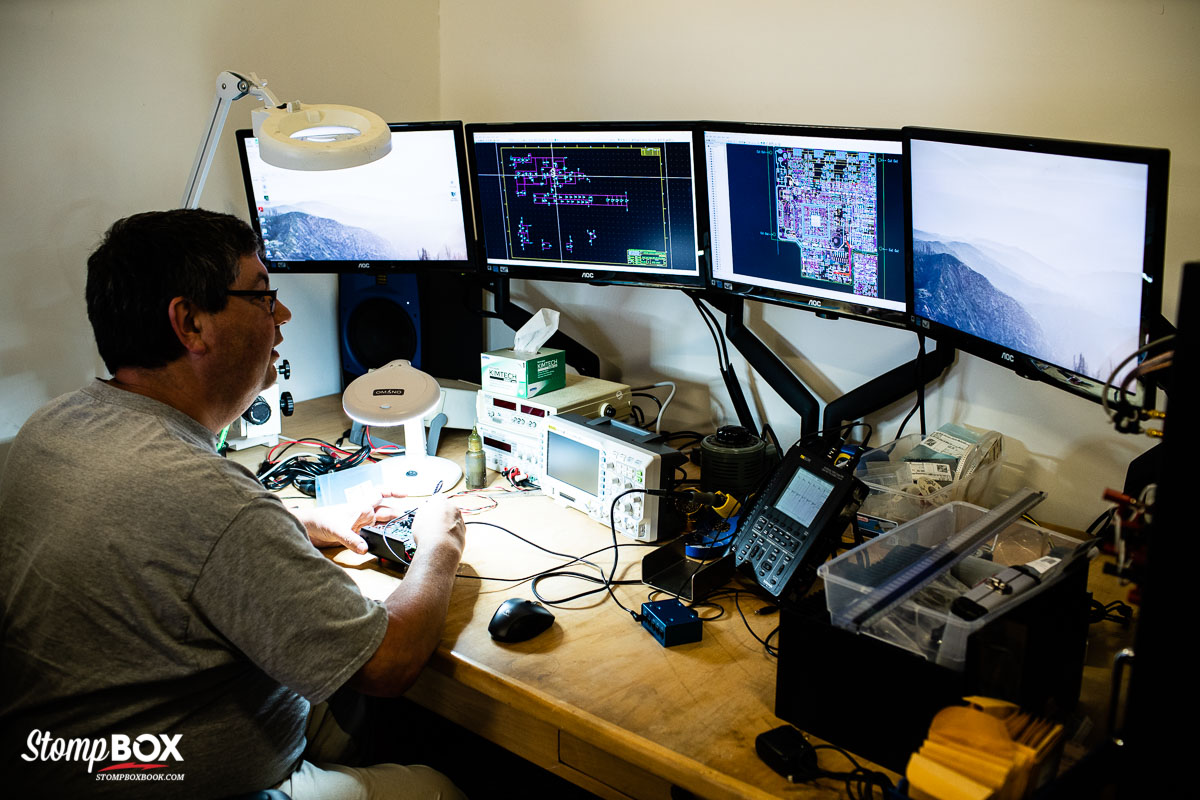
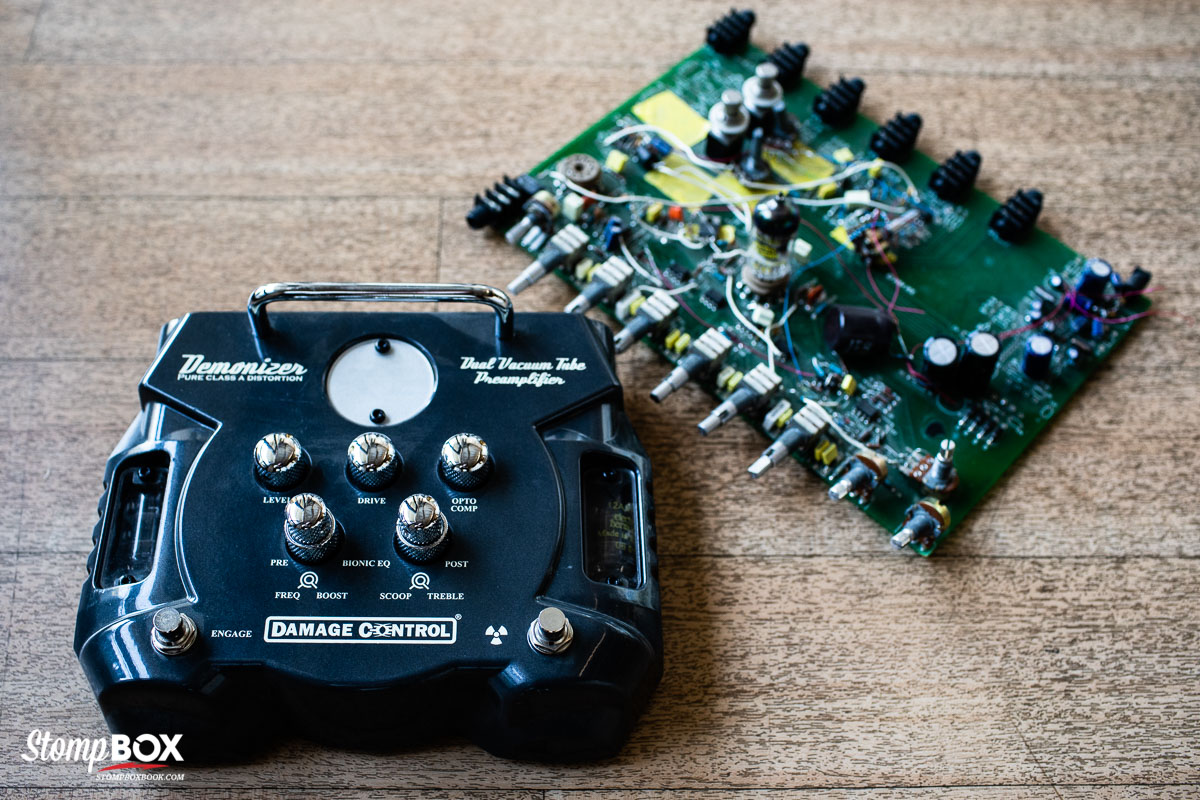
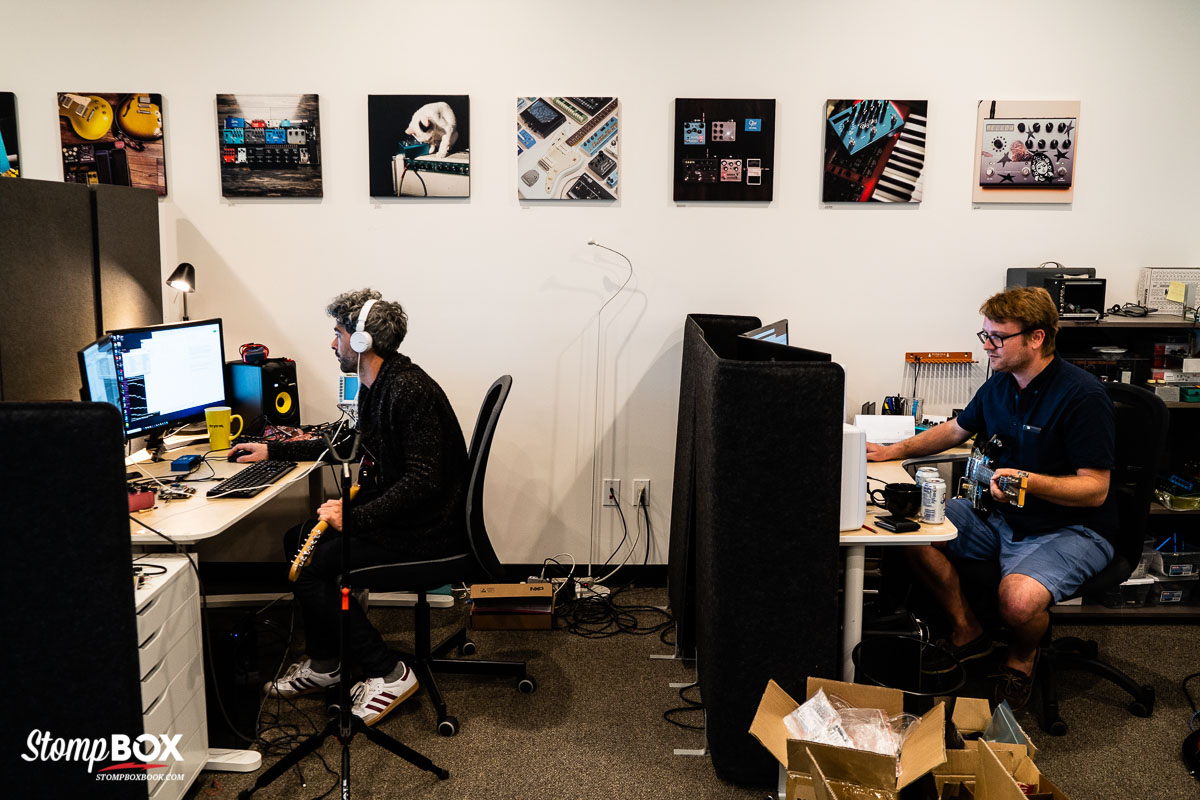
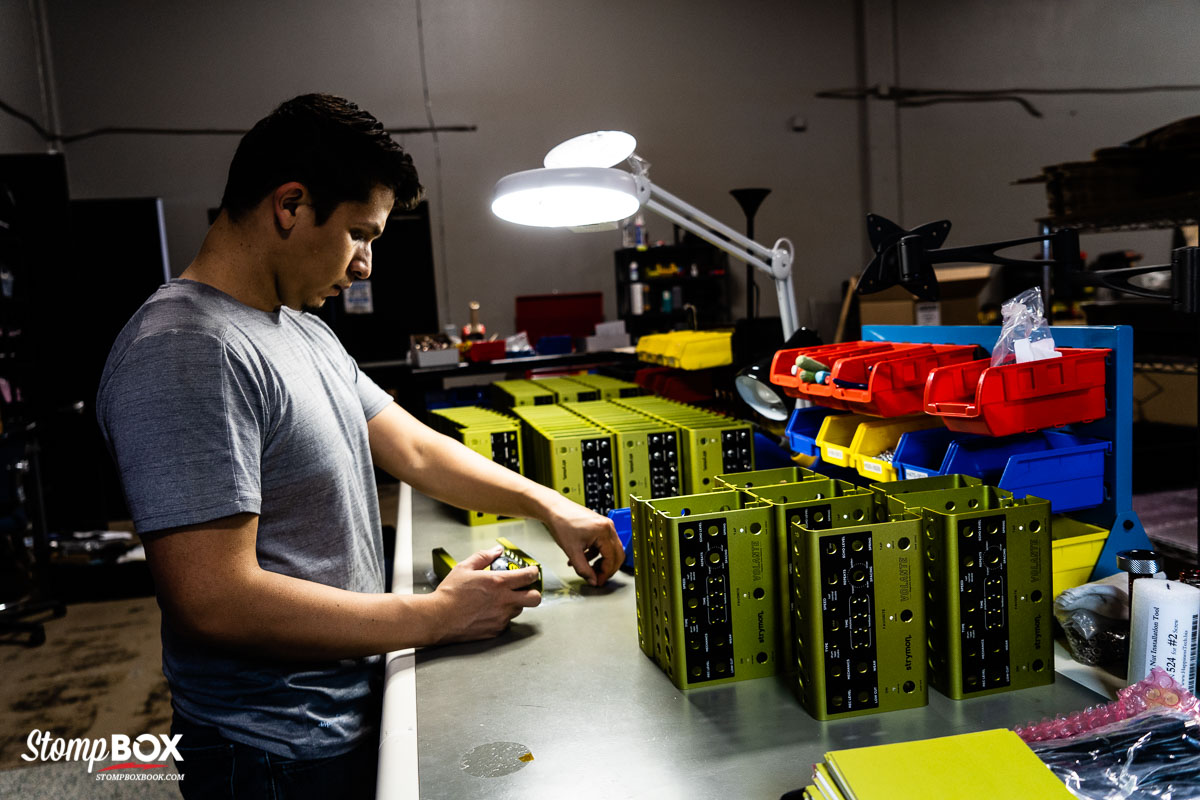
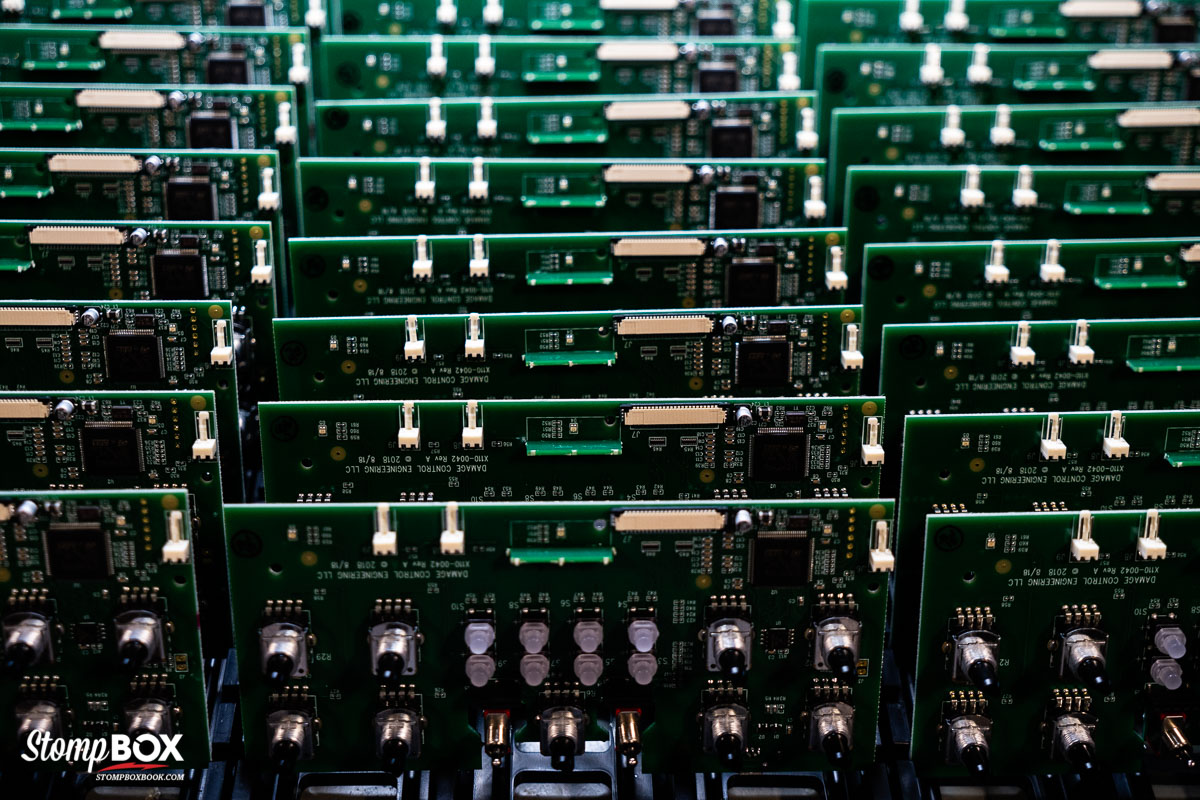
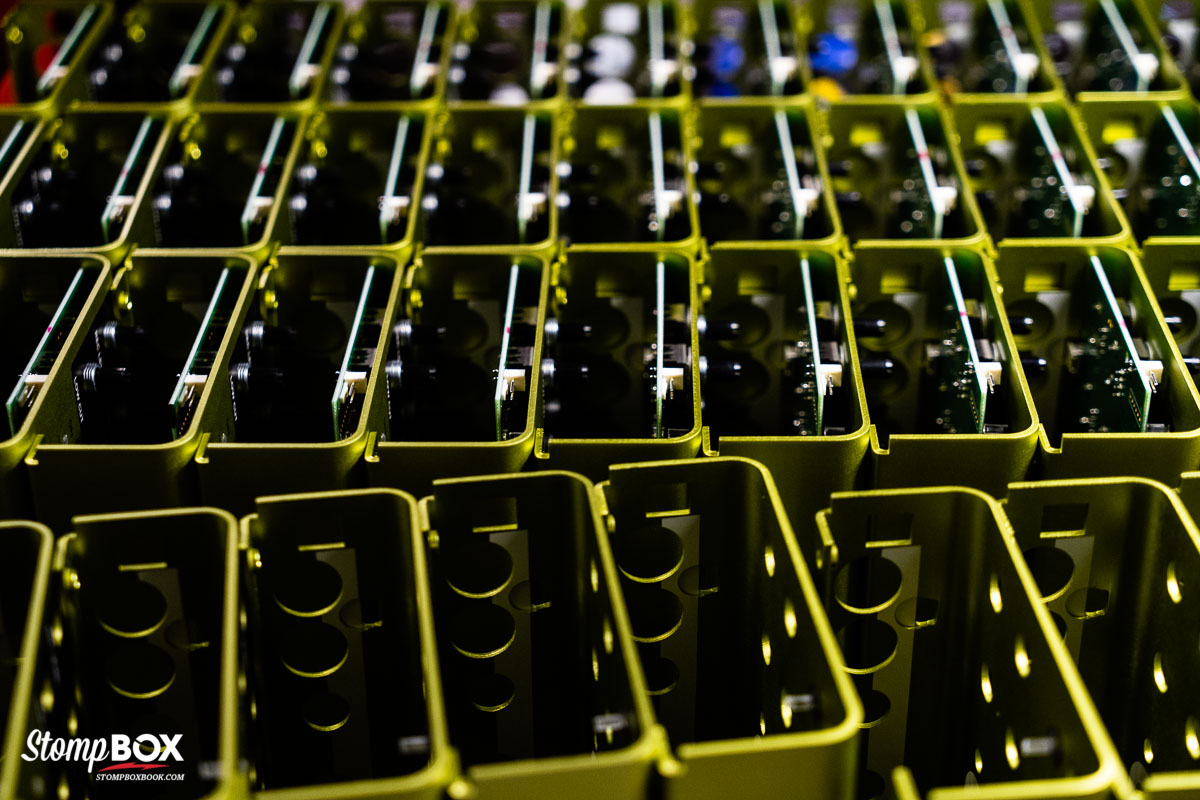
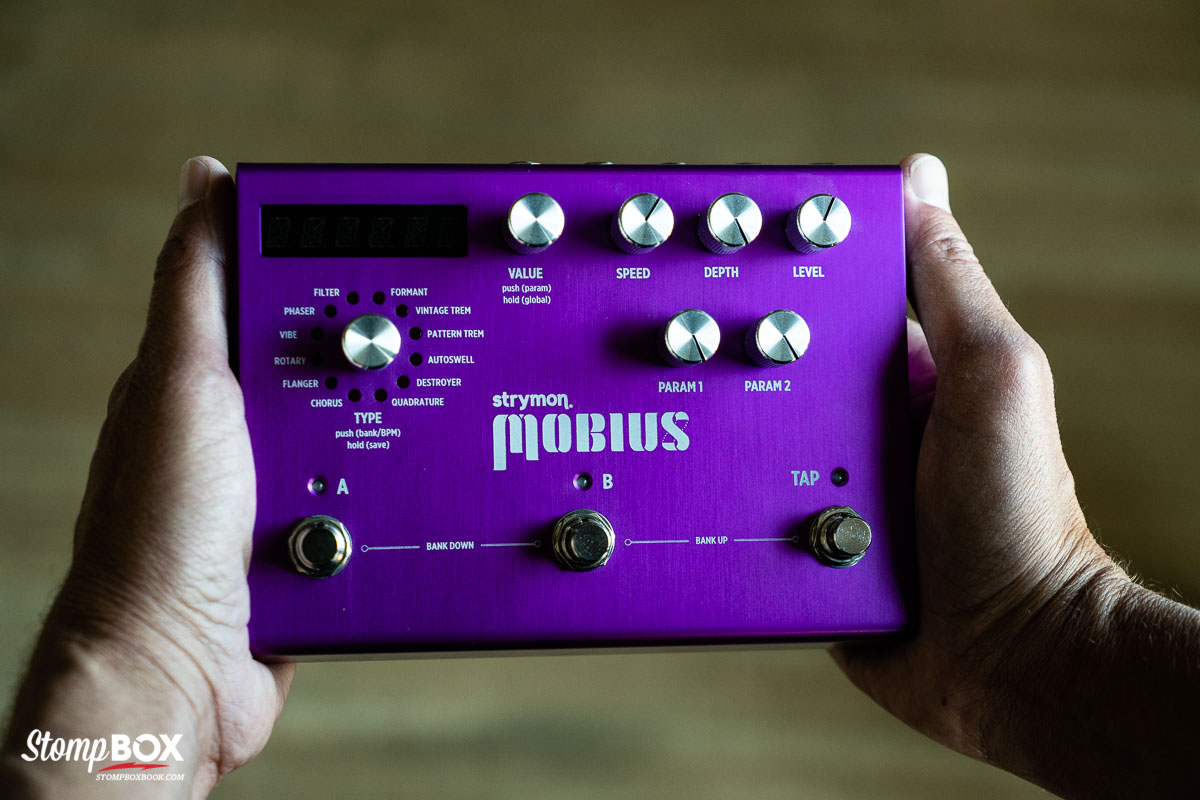
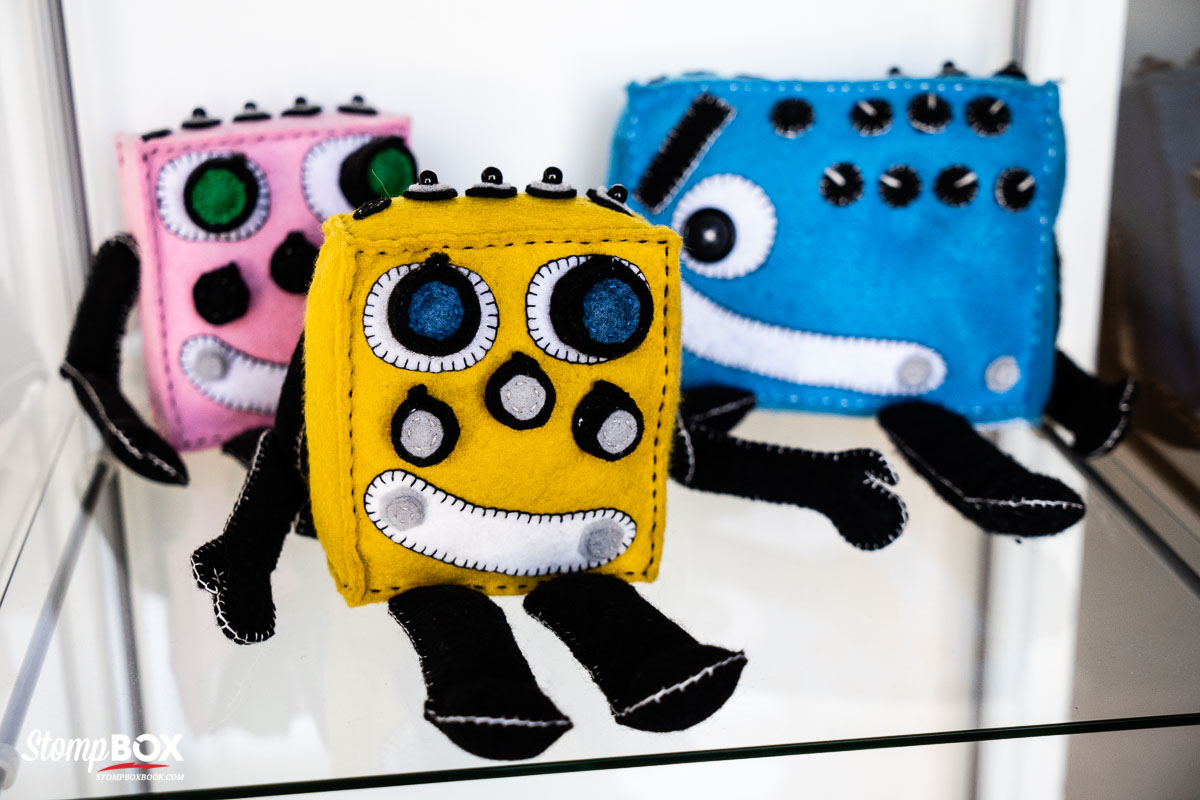
1 Comment
Join the discussion and tell us your opinion.
[…] Tool’s former guitar tech and Metallica’s arena setups attest. And don’t miss Matt Diehl’s interview with Pete Celi of SoCal pedal wizards Strymon, Willian Weir’s history of the Maestro Ring Modulator, or our […]